Le début de l’année 2013 a vu l’arrivée d’un nom jusqu’alors parfaitement inconnu chez Ostgut Ton. À l’occasion d’un remix du morceau Silo signé Barker & Baumecker, le jeune Kobosil obtenait sa première sortie vinyle sur un des labels techno les plus importants de la dernière décennie. La suite pourrait presque donner le vertige… Après un fantastique premier EP qu’il a sorti lui-même, il poursuit chez Unterton, et Marcel Dettmann Records. Assez réservé, ce natif de Berlin a accordé jusqu’ici peu d’interviews, regrettant que la plupart du temps on lui demande comment il est arrivé aux côtés de Ben Klock ou Steffi dans les rangs des résidents du Berghain.
« Je trouve ça en général chiant. On me demande toujours la même chose alors qu’une bonne interview devrait te changer un peu ton opinion après l’avoir lue, te donner des idées. J’ai parfois le sentiment qu’on pourrait juste recopier ma première. »

Il grandit à Neukölln, un quartier au sud de Berlin, et il est témoin des nombreux changements qui s’opèrent dans la capitale allemande, de l’aéroport de Tempelhof encore en activité à l’arrivée massive de différentes nationalités.
« C’était rude et l’ambiance a radicalement changé. Lorsque j’entends des gens me dire que c’est cool ici, je me dis qu’il y a trois ans ils n’auraient pas supporté. Mais je suis extrêmement heureux car c’est du 50/50, c’est encore un vrai quartier berlinois pas encore devenu trop hype. »
Avant d’entamer sa carrière d’artiste, il étudie les techniques du son afin d’apprendre un métier, à la demande de ses parents. Déjà DJ et producteur, il sait pourtant ne pas avoir besoin de ce parcours pour améliorer sa musique.
« Pour l’aspect artistique, je ne pense pas que c’était nécessaire, on n’a pas besoin d’une école pour produire. Mais cela aide à comprendre certains éléments, et j’ai pu découvrir ce qu’un ingénieur peut faire pendant le mastering ou le mixage de mes morceaux. »
Cependant son histoire avec la musique électronique avait commencé bien avant. S’il ne se souvient pas de moment décisif, il admet que sa première visite au Berghain l’a considérablement marqué, mais c’est progressivement qu’il s’y est intéressé aux côtés de deux amis d’enfance, Nitam et Somewhen (IMF) aussi devenus producteurs. Tout d’abord DJ, il apprend les bases de la production avec l’un d’entre eux qui lui ne faisait que produire.
« C’était un échange, Somewhen m’a montré comment utiliser un séquenceur, et je lui ai montré les bases du beatmatching. » Ils vivent aujourd’hui dans le même immeuble, et réalisant dans quel environnement créatif et motivant il se trouve, il sourit lorsque je me hasarde à évoquer un éventuel « Neukölln 3 ». « Tout le monde est très concentré, si je vais au dessus et que j’entends des nouveaux morceaux, cela m’inspire. On se montre nos trucs. On partage beaucoup et pas uniquement musicalement, mais on est pas trop nerdy, pas du genre à juste chiller. »
Je lui demande alors dans quel cadre il produit, il se lève et me propose de le suivre. Nous changeons de pièce pour arriver dans le studio aménagé dans son appartement.
« Tout n’est pas remis en place car je jouais en live la semaine dernière. Je n’ai pas trop de matériel mais j’adore produire et sampler mes propres trucs à partir des synthétiseurs. J’aime aussi avoir ma chambre ici car je ne veux pas sortir dehors. Lorsque je vivais chez ma mère j’avais cette chambre avec tout dedans et c’était vraiment confortable. Le son était bon et je n’ai pas vraiment envie d’aller dans le froid d’un studio. Je produis par périodes, parfois pendant des semaines, et à d’autres moments je vais juste acheter des disques et écouter de la musique. Il arrive que je ressente le besoin de m’y mettre, je crée alors des trucs et je les mets dans un dossier pour pouvoir y revenir. »
Kobosil marche à l’instinct, il suit son inspiration, et ne voit pas d’explication à comment tout cela fonctionne. « Parfois j’ai un son ou une mélodie en tête, mais il n’y a pas de méthode ». Cela ne l’empêche pas d’avoir une vision sur le long terme. Il m’évoque alors son label qu’il a lancé avec Innen, un autre ami proche, et dont la prochaine sortie est prévue pour le 17 octobre.
« Je ne veux pas encore tout dévoiler, mais le numéro de catalogue sera RK1, la première sortie était RK3. Ici j’aimerais parler de quelque chose, ça m’énerve que 90% des productions techno soient juste des disques sortis comme ça. On essaie de faire quelque chose de spécial et d’aller au delà de la techno. J’ai le sentiment que je perds quelque chose si je ne m’axe que sur la techno. Lorsque je m’essaie à une production plus expérimentale, j’ai alors le sentiment de mieux m’exprimer en tant qu’artiste. La techno est un art, mais l’art réel c’est aussi de créer une musique qui puisse être entendue en dehors des clubs et par d’autres générations. J’adore la techno mais je veux aussi partager une autre partie de moi-même. »
Ne pas se limiter dans un cadre en fait, car en ce moment il a ce sentiment très fort qu’il « doit créer autre chose que des morceaux trop axés dancefloor ». C’est donc avec son label qu’il va explorer ces autres directions, car il n’utilise pas de pseudonymes pour le moment. « Ma carrière vient de débuter et je veux voir comment cela se développe. Je fais ça et c’est moi en tant qu’artiste, c’est probablement pourquoi j’utilise mon vrai nom, je ne veux pas me cacher. » Avec juste quelques sorties, beaucoup reconnaissent déjà un « son Kobosil » souvent qualifié de neuf et différent, et cette envie d’expérimenter l’explique en partie.
« J’ai toujours été inquiet par rapport à ça. Lors de mon dernier podcast j’ai joué un nouveau morceau et quelqu’un a écrit que c’était probablement le nouveau morceau de Kobosil. Ça m’a vraiment fait plaisir, je vise une particularité sans vouloir dire par là que Kobosil sonne spécial, mais je n’ai jamais voulu ressembler à quelqu’un. Et surtout pas aux producteurs de tools dont tu joues dix morceaux d’affilée et qui sonnent tous pareil. »
Il ne suit pas une mode lorsqu’il compose, « essayer d’expérimenter, c’est pour moi viser une certaine intemporalité ». Et lorsqu’il joue, il aime le son et l’esprit des années 90 qu’il tente de combiner avec des nouveautés, « c’est du 50/50 entre ancien et nouveau, parfois du 80/20 ». Et il y a effectivement la sensation d’assister à une « rave oldschool » lorsqu’on entend Kobosil aux platines.
« Il y a un état d’esprit dans ces morceaux, si tu compares les vieux disques acid avec les nouveaux, il y a vraiment une différence. Je pense qu’il est impossible de reproduire cet état d’esprit rave aujourd’hui. Le son est beaucoup moins sale à présent. »
Il commence alors à détailler les étapes par lesquelles ses morceaux passent.
« C’est quelque chose à quoi j’accorde beaucoup d’importance. Chaque disque est mixé par un ami que j’ai rencontré pendant mes études. Quand je produis ça sonne vraiment sale car je m’en fous un peu de si ça marche ou pas sur un disque. Donc quand j’ai terminé il polit afin que ce soit parfait pour la sortie vinyle. J’adore les vinyles et c’est important d’avoir le meilleur son sur vinyle. Si je sors de la musique c’est pour toujours, donc je veux que ça sonne cool. J’adore ces étapes, créer les morceaux, aller au studio de Jan Wagner qui va les mixer et obtenir ce son analogue, chaud, même sur une sortie digitale. Lorsque c’est terminé et que je suis vraiment content du résultat j’envoie ça à des ingénieurs géniaux comme Rashad (Becker de Dubplates and Mastering) et CGB. Là je sais pourquoi je sélectionne ce genre de sons et pourquoi je travaille si attentivement chaque morceau et le son, juste le son. »
Un besoin de tout contrôler qui met en relief ce qu’il m’expliquait lorsqu’il déclarait ne pas être tenté par des collaborations pour le moment.
« C’est toujours la même chose, je me tiens à côté de lui pendant qu’il travaille, c’est un talent, il est vraiment bon. C’est toujours bien d’avoir une opinion différente d’une personne qui est aussi vraiment dans ce son, le son de la techno. Quand je termine un morceau je l’ai déjà entendu tellement de fois, je vais voir Jan qui l’entend alors pour la première fois, et qui va me dire ici un peu plus de basse, ici un peu moins d’aigu. Il peut vraiment être créatif sur le son. »
Il sort alors avec enthousiasme un vinyle sur lequel les initiales JW sont gravées.
« C’est très discret, et j’aimerais ajouter qu’il faut que les gens regardent les disques, qu’ils regardent les numéros de catalogue. Tellement de gens sont pris dans le digital, mais sur un disque on peut cacher des indices ou faire des trucs fous que les gens vont devoir découvrir. Ça m’énerve vraiment de voir tellement de disques sortir juste comme ça. Mais un disque est physique et on peut faire de l’art avec, il y a tellement de possibilités. »
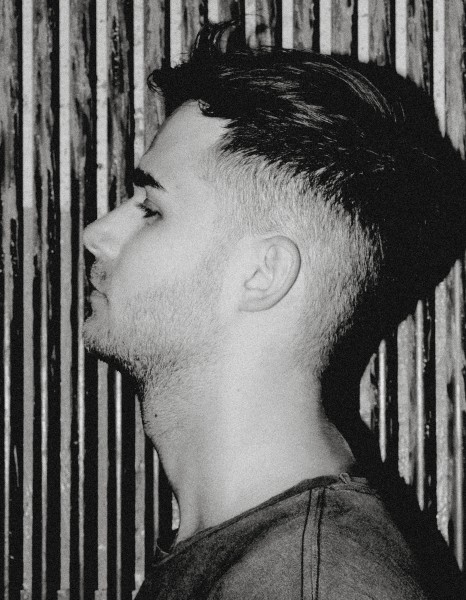
Une relation particulière avec les vinyles dont on comprend qu’il les voit comme des œuvres d’art. La galerie RISE dirigée par Lee Wagstaff et ses expositions ont joué un rôle central dans son éducation artistique. Il apporte une attention aux détails presque obsessionnelle, et le disque en lui-même fait partie de son expression.
« Je suis ce chemin avec mon label, on ne peut pas vraiment faire ça chez quelqu’un plus gros. Je ne veux pas perdre cela, et de cette manière je fais tout ce que je veux sans rien devoir demander à personne, ni entendre que je suis malade. Tout est planifié, ce n’est pas simplement sortir de la musique. Lorsque j’en aurais terminé avec le label, car viendra un jour où je vais le fermer, pour moi tout devra être parfait. Les visuels, les morceaux, les disques, je vais commencer à sortir la musique d’autres artistes bientôt et quand je vais les choisir, tout devra rentrer parfaitement dans ma vision. Ce ne sera pas c’est quatre bombes, on les sort. Bien entendu il y aura peut-être de la techno, mais pas des outils, il faut que je sente que c’est de la musique et pas un morceau lambda en club. Et si je produis un morceau dancefloor, je peux faire un 12” et le sortir chez un label qui se concentre plus là-dessus. Mais avec mon label ou un album, je veux atteindre quelque chose d’autre, de plus large. Bien entendu j’aime la techno, mais je veux trouver un équilibre et surtout ne pas entendre que ma musique est du ‘boom boom boom’. »
Comment cette attitude se manifeste lorsqu’il mixe ?
« Si je joue live c’est très spécial, j’ai vu mon premier live à la Fabric lors de la soirée MDR comme un petit concert. C’était fou de jouer uniquement ma musique pendant une heure ; des gens ont dansé, d’autres ont eu une expérience, peut-être que d’autres n’ont pas apprécié. Mais c’était juste une heure que j’ai créée dans un club et écoutée par beaucoup de gens. À la fin d’un live je suis tellement fatigué que je dois rentrer à l’hôtel. Lorsque je mixe je me sens plus en sécurité car je peux tout de suite réagir à l’audience. Si je sens que je joue trop dur je vais passer à un peu plus deep. J’aime changer l’humeur avec un morceau, j’adore jouer un truc bien rave et le mélanger par exemple avec un morceau morose new wave. C’est vraiment cool de changer toute l’ambiance d’un coup. Je sais que beaucoup préfèrent le style hypnotique, épique, minimal techno qui suit une ligne. Mais j’ai toujours préféré les DJs qui savent varier. »
À nouveau on en revient à ce besoin de ne pas se limiter, de prendre des risques et d’utiliser toute la variété qu’offre la musique électronique. Pour Kobosil c’est une question de challenge, pour lui comme pour ceux venus l’écouter, il y voit l’établissement d’un « dialogue » et une manière de libérer des émotions. Encore très jeune, tout est arrivé très vite et cela ne fait pas un an qu’il a rejoint l’agence d’Ostgut Ton. Tout s’est soudainement professionnalisé et sa vie en a bien entendu été chamboulée, avec des dates qui l’emmènent désormais chaque semaine dans différents pays, et un emploi du temps qui se partage entre clubs, avions, et hôtels. Il apprécie le changement car c’est ce qu’il souhaitait : d’arriver à en faire son métier. Prenant tout cela très « au sérieux », il voit les dates qui s’enchaînent comme des « projets à finir », plutôt que comme un travail qui le forcerait à aller au bureau chaque matin.
« C’est vraiment un job à temps complet. J’ai parfois besoin de deux jours pour pouvoir écouter de la musique car ça va tellement vite qu’il arrive que je n’ai pas le temps. On doit se battre pour y arriver. »
Désormais jouant dans les plus grands clubs chaque week-end, cette ascension aurait pu donner à d’autres le tournis mais elle n’a pas brisé sa motivation.
« J’ai peut-être atteint beaucoup très vite, mais je n’ai que 23 ans et je veux continuer à grandir et devenir meilleur. Si aujourd’hui je suis la tête d’affiche d’une soirée, cela reste un fait que je viens tout juste de commencer. J’ai la chance de travailler avec des personnes fantastiques et que beaucoup aiment ce que je fais, mais je débute et souhaite m’améliorer et faire mon truc en espérant que ça touche des gens. Ça peut paraître insensé ; pour certains peut-être que devenir résident du Berghain est un objectif, je suis jeune et suis arrivé à ça, mais ça ne change rien. Je travaille avec un bon label que je ne changerais pour rien au monde. »
Et alors qu’Hardwax dont il évoque l’influence comme une éducation musicale de par sa sélection va désormais s’occuper de la distribution de son label, il précise :
« Je suis tellement reconnaissant et je continue à me sentir comme un débutant. Je suis vraiment heureux que ma musique arrive à parler aux gens, d’avoir l’opportunité de travailler avec MDR, Osgut Ton, le Berghain, Hardwax… J’ai eu mes plus belles expériences là-bas, le label est comme une famille, on a la sensation de faire partie de quelque chose. Avec Hardwax aussi, j’y achète mes vinyles depuis des années. De pouvoir aussi jeune travailler avec des personnes dans cette scène depuis tellement longtemps… Je me sens vraiment honoré qu’ils voient quelque chose en moi, et déjà avant de tous les rencontrer c’était les quatre que je respectais le plus, c’est plus qu’un signe que je suis à l’endroit où je dois être : Merci, merci, merci. »
Avant de conclure : « Ce week-end je joue en Géorgie, et à la Distillery de Leipzig, puis à Nantes pour Input Selector, et ensuite au Berghain et à l’Amsterdam Dance Event où je vais jouer pour la première fois en festival lors du showcase Ostgut Ton au Dekmantel. Ma première date signée était au Berghain, j’ai vraiment de la chance pour mes premières fois (rires). »
RK1 sort le 17 octobre (sortie vinyle et digitale)
Retrouvez Kobosil sur Facebook & Soundcloud, et à Nantes le 10 octobre pour la soirée Input Selector au Co2.
Crédit photos Kobosil: Lee Wagstaff (gallerie RISE)
The beginning of year 2013 saw the arrival of a name which was completely unknown at Ostgut Ton until then. On the occasion of a remix of Barker and Baumecker’s Silo, the young Kobosil obtained his first vinyl release on one of the most prominent techno labels of the last decade. What followed could almost make your head spin… After a fantastic first EP that he brought out himself, he continued releasing on Unterton, and Marcel Dettmann Records. Somewhat reserved, this native of Berlin seldom granted interviews until now, regretting that he is more often than not asked about how he became a Berghain resident alongside Ben Klock and Steffi.
« I generally find it annoying. They always ask me for the same thing while I think a good interview should change you a little after you have read it or give you ideas. I sometimes have the feeling that they could just copy and paste what was said in my first interview. »

He grew up in Neukölln, a district in South Berlin, and witnessed the numerous changes which took place in the German capital, from the airport of Tempelhof still being in service to the massive arrival of various nationalities.
« It was rough and the atmosphere radically changed. When I hear people say that it is cool here, I can’t help but think that six years ago they would not have been able to put up with it. But honestly I am extremely happy because now it is 50/50, it is still a true Berlin district not too overhyped yet. Right now it is for me the perfect place to live. »
Before beginning his career as an artist, he studied audio production in order to learn a profession in accordance with his parent’s wishes. Already having worked as a DJ and a producer, he knew that he did not need formal training to improve his music.
« For the artistic aspect, I do not think that it was necessary, you do not need a school for production. But it helps to understand certain elements, and I was taught what an engineer can do during the mastering or the mixing of my tracks. »
However his history with electronic music had begun well before. Even if he does not remember a decisive moment, he admits that his first visit to Berghain made a considerable impression on him. Gradually he got interested in it with two childhood friends, Nitam and Somewhen (IMF) who also became producers. Being first and foremost a dj, he learnt the basics of production with one of them who was only producing at the time.
« It was an exchange, Somewhen showed me how to use a sequencer and other things, and I showed him the basics of beatmatching. » They live in the same building today, and he smiles when I risk evoking a possible ‘Neukölln 3’ as I realize the motivating and creative environment he lives in. « Everybody is very concentrated, if I go upstairs, I will hear new tracks and it inspires me. We show ourselves our stuff. We share a lot and not only musically, but we are not too nerdy, not the kind to be just chilling. »
When I ask him if he has some processes when he produces, he gets up and suggests that I follow him. We leave the room to go to his studio.
« Everything is not here because I played live last week and it is still in the trolley. I am not too much into gear, but I have some synthesizers. I love to sample and produce my own stuff from synths. I also like having my studio here because I don’t want to go outside. Before when I was living at my mother’s place, I had my stuff in my room and it was always very comfortable. The sound was cool and I am just not really into going to a cold studio. I produce by periods, sometimes during weeks, sometimes I don’t and I am just collecting records and listening music, sometimes I also feel like I have to produce. »
Kobosil follows his instinct, his inspiration, and he doesn’t really have an explanation for how it all comes together. « Sometimes I have a sound or a melody in my head but there is no method. » It doesn’t stop him from having long term plans, and he begins to talk about his own label that he started with Innen, another close friend, which next release will come out on October 17th.
« I don’t want to reveal too much, but the catalog number will be RK1, the first release was RK3. Here I would like to talk about something, I am annoyed that everyone is just releasing ‘techno records’. We try to do something special and not just techno. I have the feeling I am losing something if I am only focusing on techno. When I try to experiment, I feel I am expressing myself better as an artist. Techno is of course an art, but for me true art is also making music than can be appreciated by older generations in a quiet place. I don’t want to make tracks that can only be heard in a club, I love it but I want to share a different part of myself. »
He wants to avoid limiting himself to one genre, and currently has a strong urge « to make tracks that are not too focused on the dancefloor. » So it is with his label that he is going to explore these other directions, as he is not using any aliases at the moment.
« I just started my career and I want to see how it develops. That is also maybe the reason why I didn’t choose a name, I took my last name. I am doing this, it is me as an artist and I don’t want to hide. »
With just a few releases until now, there has been already talk about a « Kobosil sound » which is often qualified as fresh and different, and this need to experiment probably partly explains it.
« I was always worried about it. I played a new track in my latest podcast and somebody wrote down that it sounded like a new Kobosil track. I was smiling from this, I always aimed to have a significant sound, and I don’t mean here that Kobosil sounds special, but I never wanted to be like someone else. And especially not like the tool techno producers out there whom you can hear 10 records in a row which sound the same. »
He is not following a trend as he is composing, « trying to experiment is for me aiming at a sort of timelessness. » And when he is DJing, he likes the sound and the spirit of the 90’s which he tries to combine with new music: « It’s 50/50 between old and new, sometimes 80/20. » And as I tell him that I felt like I was at an ‘oldschool rave’ during a few of his sets he adds:
« There is a state of mind in these tracks, if you compare old acid tracks with new ones, there is a big difference. I think it is impossible today to reproduce this rave spirit. The sound is so clean today. »
He then starts to describe the stages that his tracks have to undergo in detail.
« Sound was always important for me. Every record is mixed by a friend that I met during school. When I am producing it sounds really dirty because I don’t care if it is working or not on a record. So when it is finished, he is going to polish them until it is perfect for the vinyl release. I love vinyl and I want the best sound possible on vinyl. If I am releasing music it is forever, so I want it to sound cool. I love these steps, to create the track, go to the studio of Jan Wagner who is going to mix them and obtain this warm analog sound even on a digital release. When this is over and I am really satisfied with the result, I send that to genius engineers such as Rashad Becker and CGB (Dubplates and Mastering). Then I know why I am doing this kind of sound selection and why I am working on each track really carefully, and on the sound, just on the sound you know. »
An attention to detail and a need to control everything shed light on why he isn’t tempted to embark on any collaborations at the moment.
« It is always the same thing, I am sitting next to him while he is working, he is a talent, he is really good. It is always nice to have another opinion from someone that is really into this sound, the sound of techno. When I finish a track I have heard it already so many times, so I go see Jan who hears it for the first time and he tells me more bass here, maybe push the highs here. He can do very creative stuff on the sound. »
At this moment, Kobosil enthusiastically takes a record and shows me the initials JW engraved on it.
« It is very discreet, and about that I would like to say people should always look at the records, at the catalog numbers. So many are into the digital thing, but on a record you can hide some crazy stuff that people will have to discover. It is for that reason that I am so annoyed at artists just putting records out. It is also cool, but a record is something physical and you can also do art with it, there are so many possibilities. »

Having a special relationship with vinyl that are seen as works of art, the RISE gallery headed by Lee Wagstaff and its exhibitions played a key role in Kobosil’s artistic education. In his almost obsessive attention to detail, the record itself plays a role in his expression.
« I follow this path on my own label, you can’t really do that on bigger labels. I don’t want to lose this thing and this way I can do everything I want, and I don’t have to ask anything to anyone, or hear that I am crazy or something. Everything is planned, and it is not just releasing music. When I will be done with the label, because at some point I will also close it, then everything should be perfect for me. Artwork, tracks, records… I will also release other artists soon and when I will choose them, everything has to fit perfectly my vision and this kind of schedule I have in mind. It is not going to be ‘oh these are 4 great techno bombs let’s release them’. Of course it can be techno tracks, but not tools. I have to feel the music, it won’t be a random club track. If I am producing a dancefloor track I can also release it on another label more oriented to that. But with my own label or with an album, I want to reach something else, something wider, something that would make my mum proud. Of course I love techno but I need to find a balance, and I especially don’t want to hear that my music is some ‘boom boom boom’. »
Does he have the same attitude when he is playing?
« If I am playing live it is very special, I played my first live set in Fabric for the MDR party and I experienced it as a small concert. It was crazy to only play my music for an hour, some people danced, some had an experience, and maybe some also didn’t like it, but it was an hour I created in a club and which was listened to by many people. At the end of a live set I am so exhausted that I have to go back to the hotel. When I am DJing I feel more safe because I can react to the crowd almost instantly. If I am playing too hard I can play something deeper. Basically what I love is to change the mood with one track, for example if I play a rave track, I could mix it with a moody new wave track. It is cool to suddenly change the atmosphere. I know a lot of people prefer the hypnotic, epic, minimal techno style that follows a line. But I always preferred DJs that know how to vary. »
Again we are back to this need of not limiting oneself, to take risks and use the whole range of what electronic music can offer. For Kobosil it is also a question of challenge, for him and for the listeners, he sees his sets as a dialogue and a way to liberate emotions.
Still very young, everything happened so fast and it hasn’t even been a year since he joined Ostgut’s agency. Suddenly everything became professional and his life was radically changed with touring that takes him to other countries every week with a schedule full of flights, hotels and clubs. He appreciates the change because it was his goal to make a living out of his art, and taking all of this « very seriously », he sees his gigs that are strung together as « projects to finish », more than as work that would force him to go to the office every morning.
« It is really a full-time job. Sometimes I need two days so I can listen to music because it goes so fast and I don’t always have time, you have to fight for it. »
Playing the biggest clubs almost every weekend, this rise could have left him satisfied, but it just so happens that he hasn’t lost any of his motivation.
« I might have reached a lot, but I am only 23 and I want to keep growing and getting better. If today I am headlining a party, it is still a fact that I have just begun. I have the chance to work with fantastic people and that many like what I do, but I am only starting and I wish to improve and do my thing hoping that it will touch people. Maybe it sounds crazy, maybe for some becoming a Berghain resident is an objective, and I am young and I have reached that but it doesn’t change anything. I work with a great label that I wouldn’t change for anything in the world. »
From now on Hardwax, which he mentions as a big influence in his musical education due to its music selection, is going to run the distribution for his label, and he specifies:
« I am so grateful and I still feel like a rookie. I am really happy that my music talks to people, to have the opportunity to work with MDR, Ostgut Ton, Berghain, Hardwax… I have had my best experiences there, the label is like a family and you really have the feeling to be a part of something. With Hardwax too, I have been buying records there for years. To work with these people who are in the scene since so long… I feel honored that they see something in me, before meeting all of them it was the four that I respected the most, so it is for me more than a sign that I am where I should be. Thanks, thanks, thanks. »
Before concluding: « This weekend I played in Georgia, Distillery Leipzig, then Nantes for Input Selector, Berghain, and in Amsterdam for ADE where I will play for the first time at a festival during the Ostgut Ton showcase at Dekmantel. My first signed gig was in Berghain, I am very lucky with my first times (laughs). »
RK1 will be released on October 17th (digital and vinyl release)
Kobosil on Facebook & Soundcloud
Press photos Kobosil: Lee Wagstaff (RISE gallery)

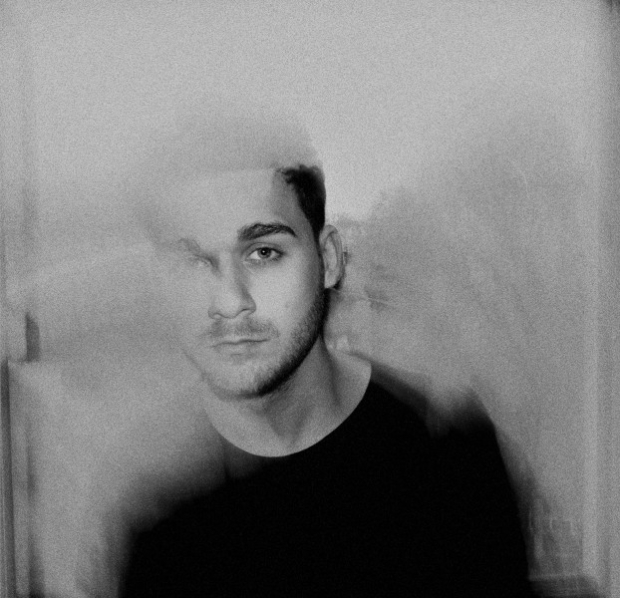
 Fr
Fr Eng
Eng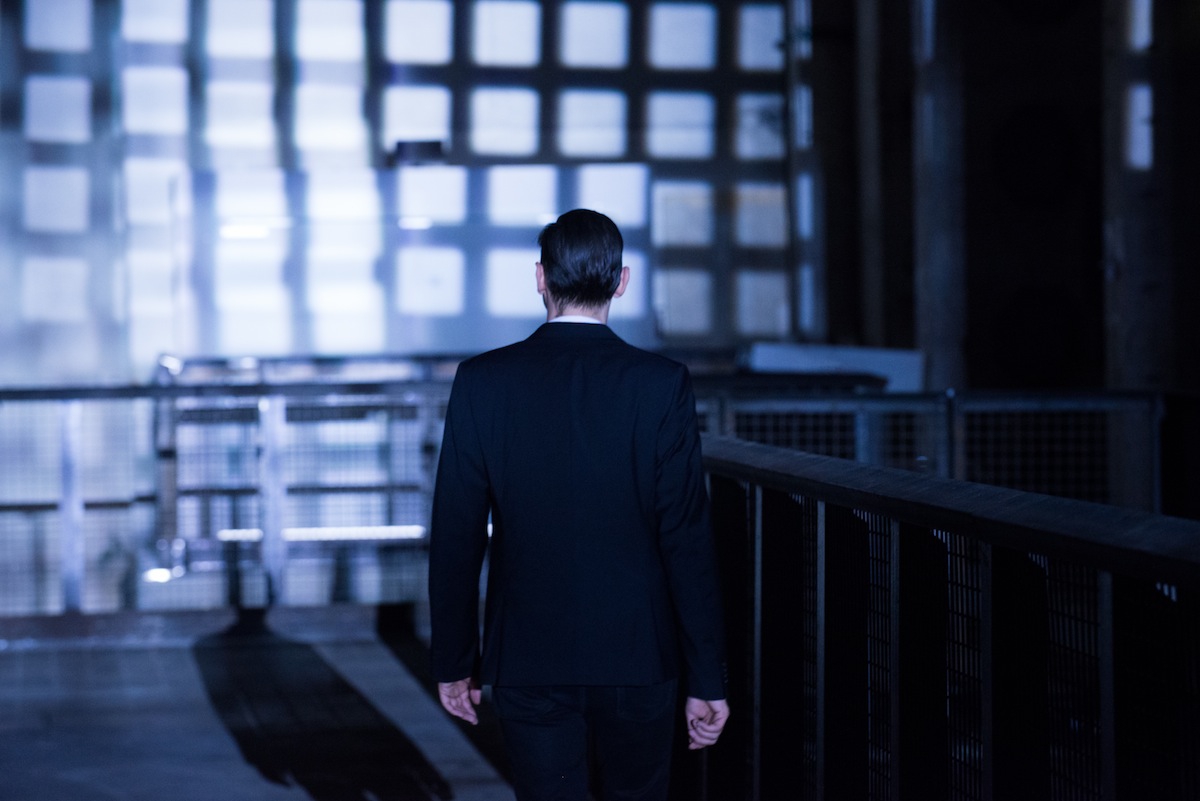
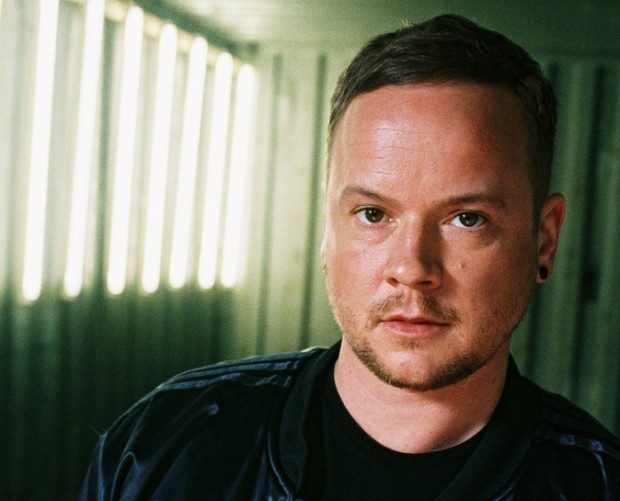
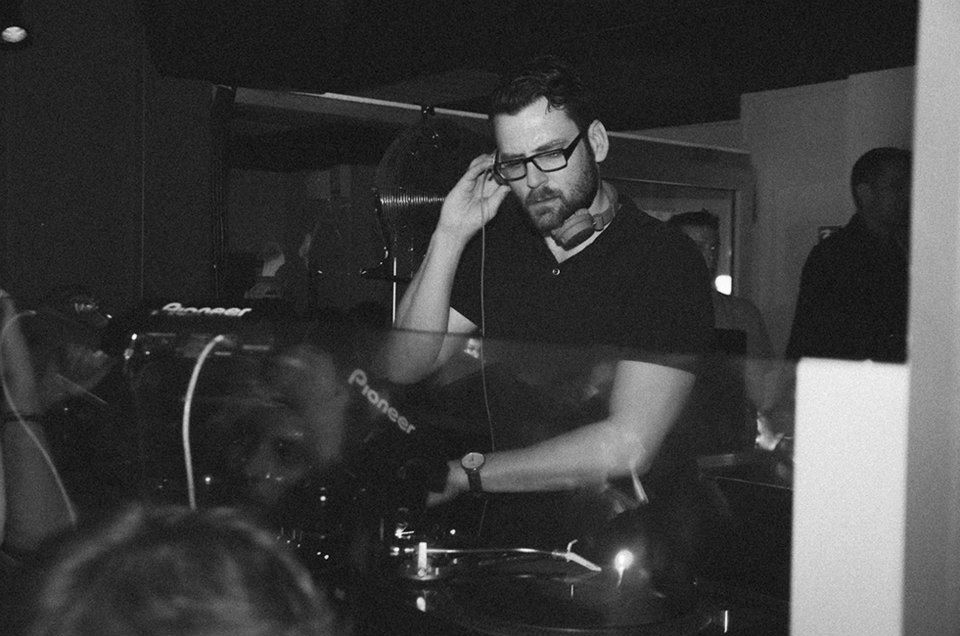
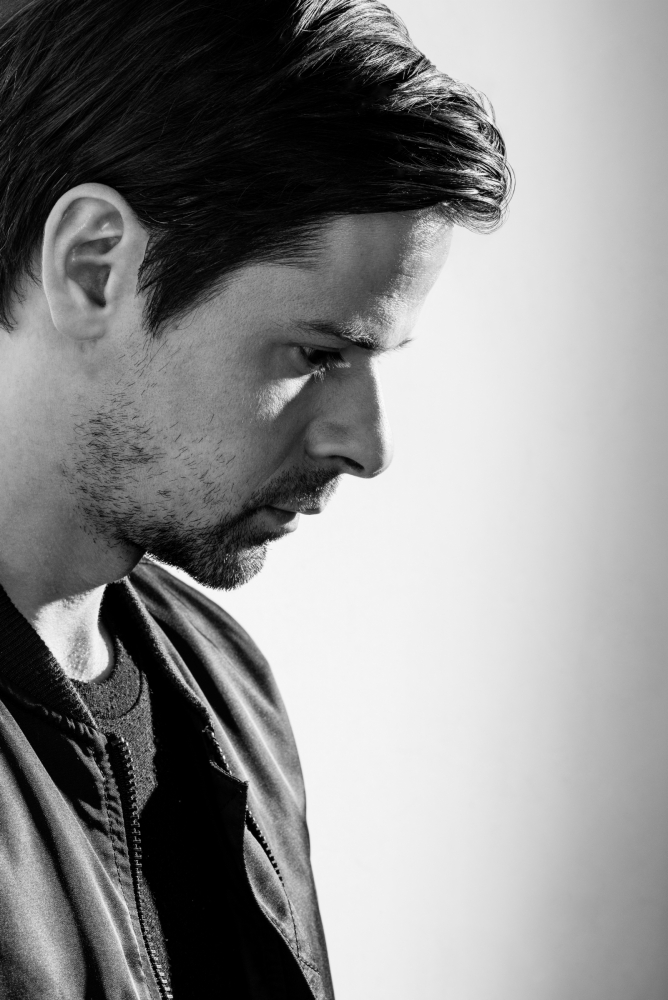

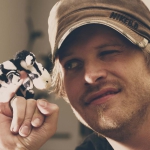
![IS 055 – Zadig (Live) [Sino Records] Zadig](https://www.inputselector.fr/wp-content/uploads/2010/06/zadig-300x85.jpg)
![IS 136 – Snowball [Exploration Music] Jeremy6B](https://www.inputselector.fr/wp-content/uploads/2013/05/Jeremy6B-300x200.jpg)
![IS 178 – UNknown [Reshape] 10331716_10152486370429623_2123948522_n](https://www.inputselector.fr/wp-content/uploads/2014/05/10331716_10152486370429623_2123948522_n-300x200.jpg)